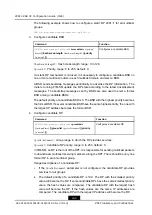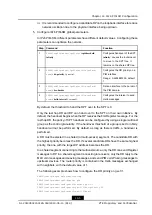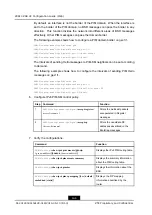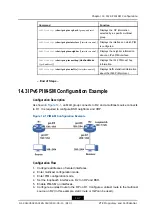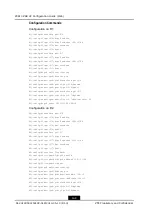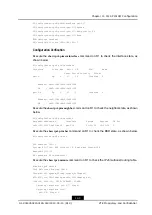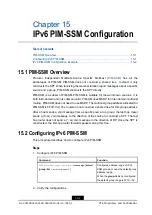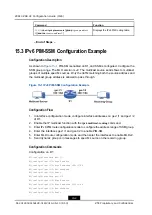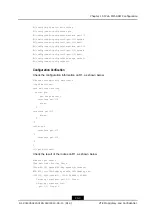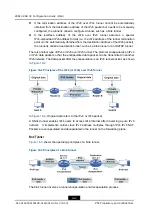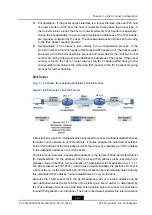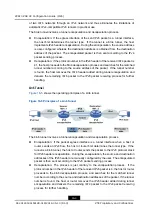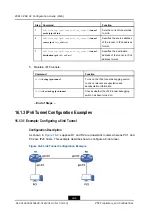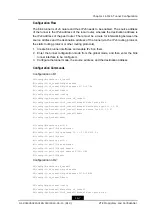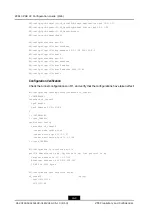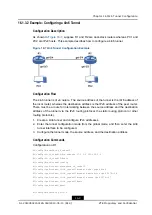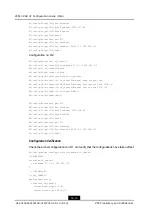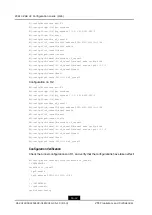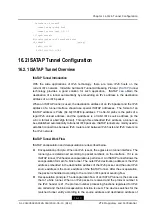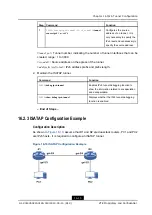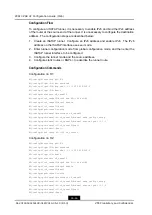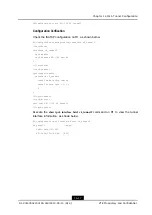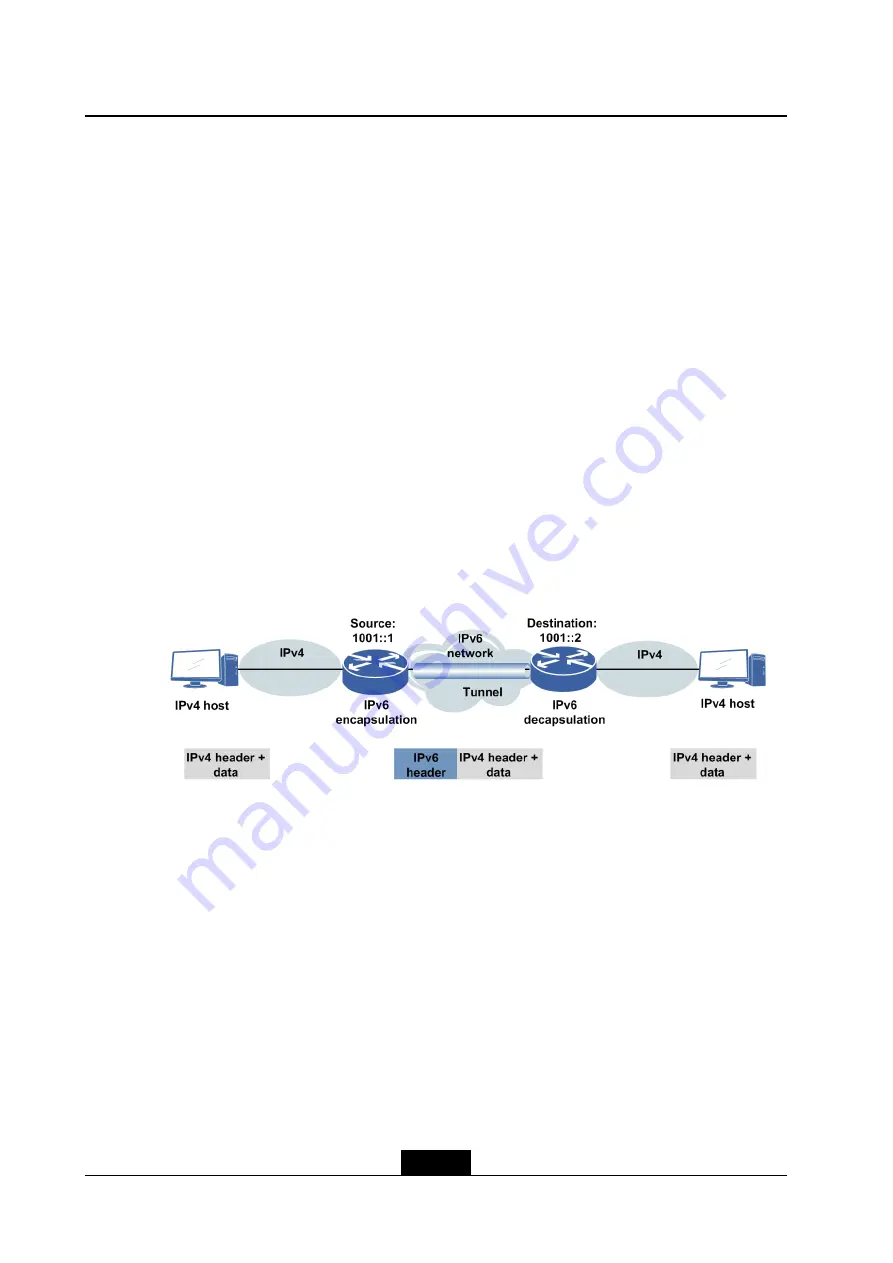
ZXR10 ZSR V2 Configuration Guide (IPv6)
of two IPv6 networks through an IPv4 network and thus eliminates the limitations of
automatic IPv4-compatible IPv6 tunnels in practical use.
The 6to4 tunnel involves a tunnel encapsulation and decapsulation process.
l
Encapsulation: If the egress interface of the sent IPv6 packet is a tunnel interface,
the host first determines the tunnel type. If the tunnel is a 6to4 tunnel, the host
implements IPv4 header encapsulation. During the encapsulation, the source address
is user-configured whereas the destination address is obtained from the destination
address of the packet. The encapsulated packet is then sent according to the IPv4
packet sending process.
l
Decapsulation: If the protocol number in the IPv4 header of the received IPv4 packet is
41, the host proceeds to the 6to4 decapsulation process and searches for the matched
tunnel number according to the source address of the packet. If the tunnel number
is found, the host removes the IPv4 header added during tunnel encapsulation and
delivers the remaining IPv6 packet to the IPv6 packet receiving process for further
handling.
4in6 Tunnel
shows the operating principles of a 4in6 tunnel.
Figure 16-5 Principles of a 4in6 Tunnel
The 4in6 tunnel involves a tunnel encapsulation and decapsulation process.
l
Encapsulation: If the packet egress interface is a tunnel interface when a host or
router sends an IPv4 flow, the host or router first determines the tunnel type. If the
tunnel is a 4in6 tunnel, the host or router sends the packet to the IPv6 protocol stack
for IPv6 header encapsulation. During the encapsulation, the source and destination
addresses of the IPv6 header are manually configured by the user. The encapsulated
packet is then sent according to the IPv6 packet sending process.
l
Decapsulation: The process is just contrary to the encapsulation process. If the
protocol number in the IPv6 header of the received IPv6 packet is 4, the host or router
proceeds to the 4in6 decapsulation process, and searches for the matched tunnel
number according to the source and destination addresses of the packet. If the tunnel
number is found, the host or router removes the IPv6 header added during tunnel
encapsulation and delivers the remaining IPv4 packet to the IPv4 packet receiving
process for further handling.
16-4
SJ-20140504150128-018|2014-05-10 (R1.0)
ZTE Proprietary and Confidential

